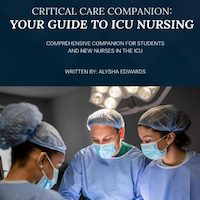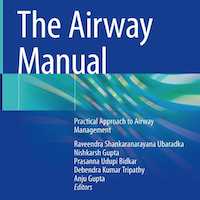Stories Category: Intensive Care

Setting up a Rescue ECLS Program
Extracorporeal life support (ECLS) is a high-risk, lifesaving medical treatment that is typically limited to centers that can support a comprehensive ECLS program. Rescue programs can bridge the gap in care between ECLS centers... read more
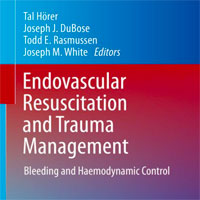
Endovascular Resuscitation and Trauma Management
This book focuses on endovascular methods for resuscitation and trauma management. Written by highly qualified and clinically active physicians from around the world, it shares information gathered over the past decade,... read more
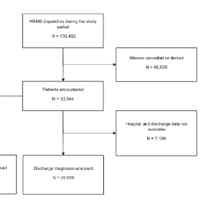
Standardized Data Collection in Prehospital Critical Care
The medical problems categorized by HEMS personnel can be seen as valid. The greatest challenges remain in the classification of stroke and other neurological emergencies. Patients treated by HEMS personnel are characterized... read more
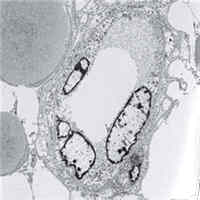
Inflammation Causes COVID-19-related Loss of Smell Not The Virus
This study found that COVID-19 infection is associated with axon injuries and microvasculopathy in olfactory tissue. The striking axonal pathology in some cases indicates that olfactory dysfunction in COVID-19 infection may... read more
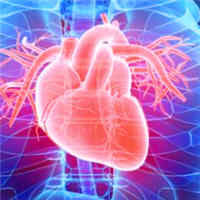
AI Predicts If And When Cardiac Arrest Will Happen
Sudden cardiac death from arrhythmia is a major cause of mortality worldwide. In this study, we developed a novel deep learning (DL) approach that blends neural networks and survival analysis to predict patient-specific survival... read more
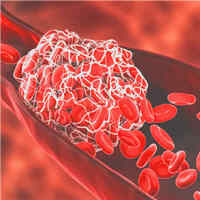
Risk of Serious Blood Clots Up To 6 Months After COVID-19
A study from Sweden finds an increased risk of deep vein thrombosis (a blood clot in the leg) up to three months after COVID-19 infection, pulmonary embolism (a blood clot in the lung) up to six months, and a bleeding event... read more
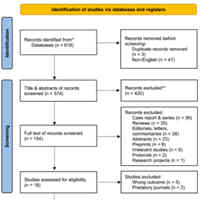
Post COVID-19 Pulmonary Fibrosis
Pulmonary fibrosis is a frequently reported COVID-19 sequela in which the exact prevalence and risk factors are yet to be established. This meta-analysis aims to investigate the prevalence of post-COVID-19 pulmonary fibrosis... read more
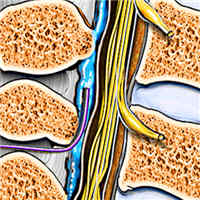
Thoracic Spinal Anesthesia in the 21st Century
Since the performance of the first thoracic spinal anesthetic in early 1908 by Thomas Jonnesco in Romania, many anesthetists have gained interest in this unorthodox neuraxial anesthetic technique. The main rationale justifying... read more
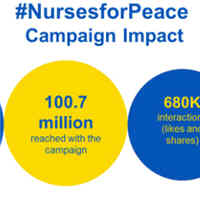
International Council of Nurses #NursesForPeace Campaign
As the war in Ukraine continues and the death toll of victims rises, the International Council of Nurses (ICN) repeats its call for an immediate ceasefire and an end to hostilities for the sake of the people of Ukraine and... read more
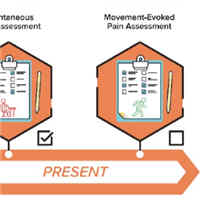
Assessing Movement-Evoked Pain
One of the most common and nuanced tasks that nurses perform is pain assessment, particularly in acute postoperative settings where frequent reassessments are needed. Most assessments are limited to obtaining a pain intensity... read more

Myopericarditis Following COVID-19 Vaccination and Non-COVID-19 Vaccination
The overall incidence of myopericarditis from 22 studies (405,272,721 vaccine doses) was 33·3 cases (95% CI 15·3–72·6) per million vaccine doses, and did not differ significantly between people who received COVID-19... read more
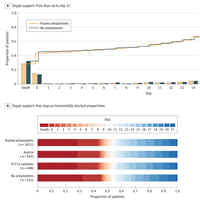
Effect of Antiplatelet Therapy on Survival and Organ Support-Free Days in Critically Ill Patients With COVID-19
Among critically ill patients with COVID-19, treatment with an antiplatelet agent, compared with no antiplatelet agent, had a low likelihood of providing improvement in the number of organ support–free days within 21 days. The... read more
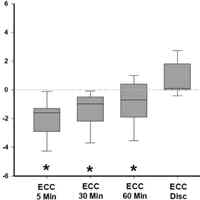
External Chest-wall Compression in Prolonged COVID-19 ARDS with Low-compliance
SARS-CoV-2 can lead to severe respiratory failure (C-ARDS) with some clinical and radiological characteristics that match the presentation of acute respiratory distress syndrome (ARDS). The management of mechanical ventilation... read more
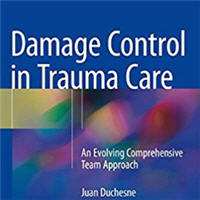
Damage Control in Trauma Care: An Evolving Comprehensive Team Approach
This book describes current, evidence-based guidelines for damage control interventions across the field of trauma care with the aim of enabling clinicians to apply them to best effect in daily clinical practice. Emphasis... read more
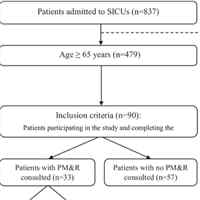
The impact of physical medicine and rehabilitation consultation on clinical outcomes in the SICU
The impact of a physical medicine and rehabilitation (PM&R) consultation on clinical outcomes in critically ill surgical patients remains unclear. The aim of this study is to examine whether the patients who received PM&R... read more
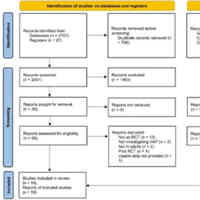
Probiotics for the Prevention of Ventilator-Associated Pneumonia
Presently, there is conflicting evidence regarding the efficacy of probiotics in the prevention of ventilator-associated pneumonia (VAP). This meta-analysis was conducted to update current clinical evidence and evaluate the... read more
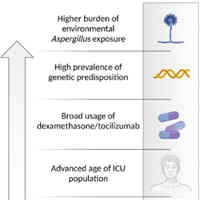
Prevalence of COVID-19-Associated Pulmonary Aspergillosis
First reports of cases and case series of COVID-19-associated pulmonary aspergillosis (CAPA) emerged during the first months of the pandemic. Prevalence rates varied widely due to the fact that CAPA was, and still remains,... read more


